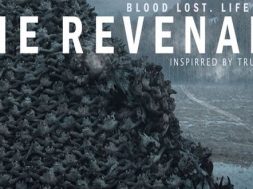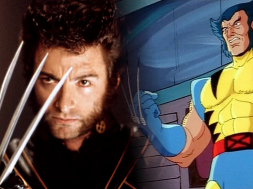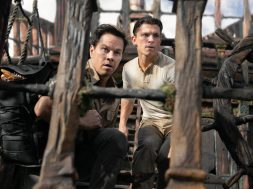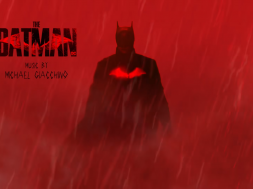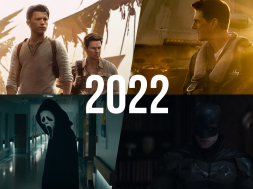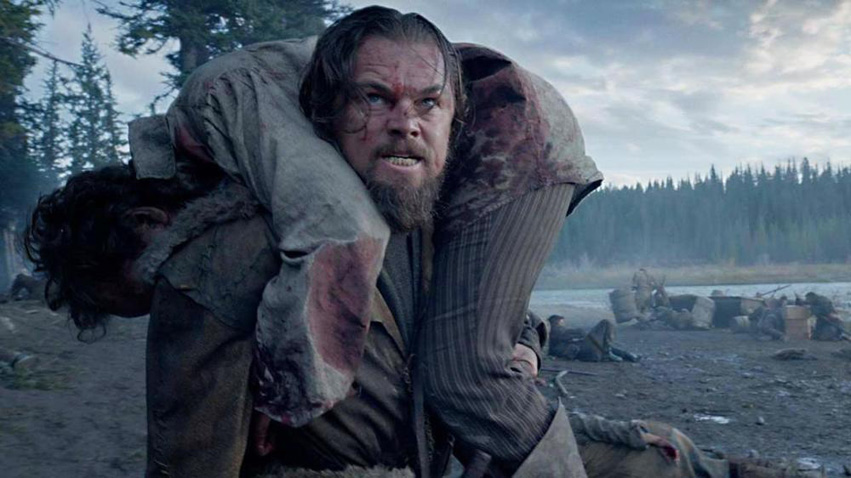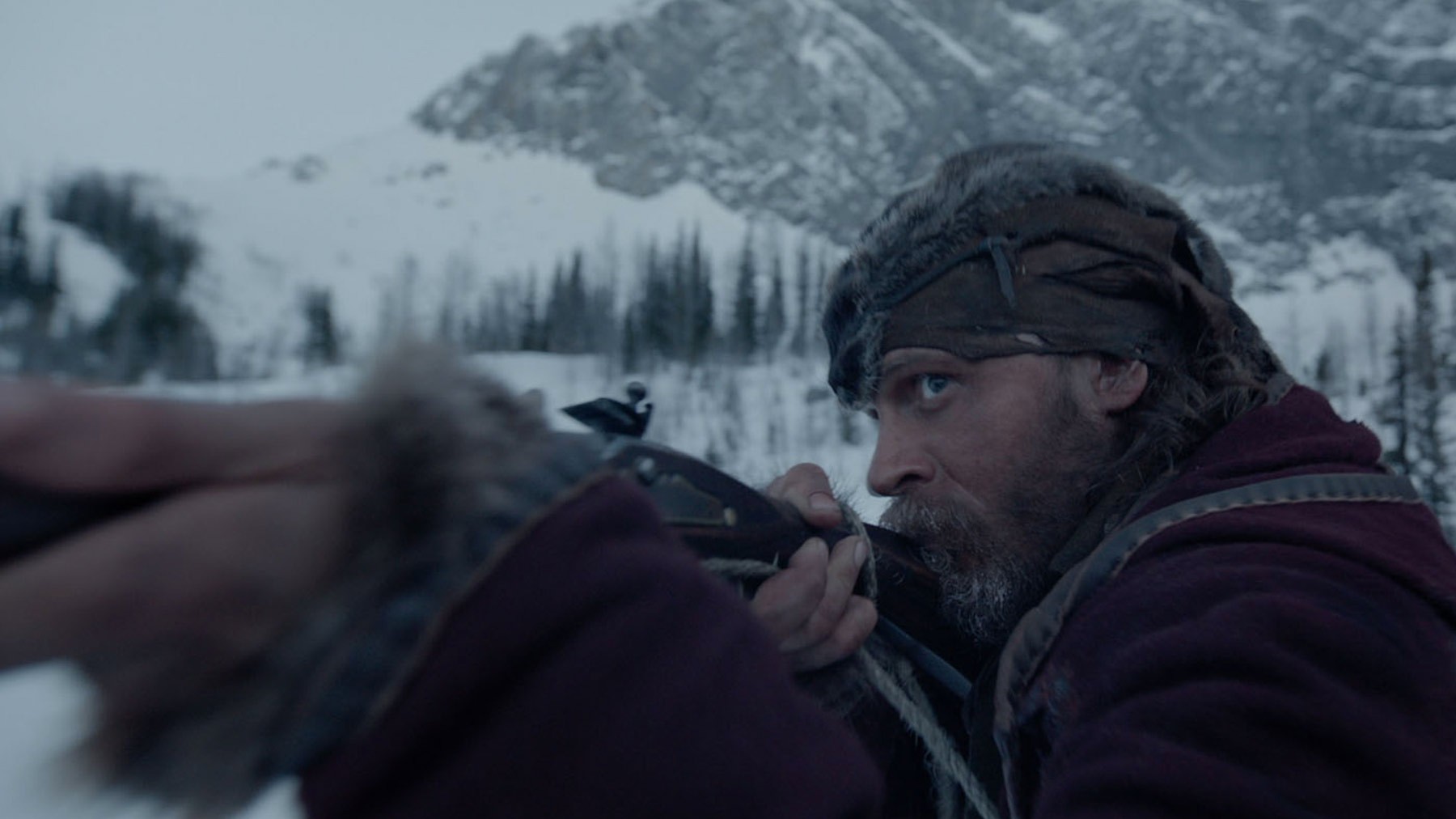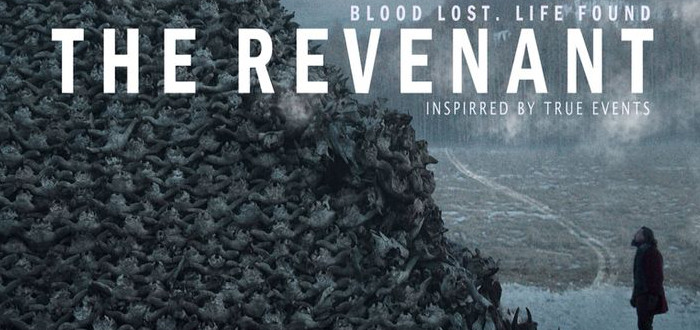
If there’s one thing The Revenant achieves, it’s that it completely disperses any doubt of Alejandro González Iñárritu as a film-maker. Coming off Birdman, which was a massive success for the director and showed off his array of directing talents, The Revenant is proof that that was anything but a fluke. The gorgeous, huge landscapes and roving single-shot sequences on display here are nothing short of jaw-dropping at times and, combined with the grizzled survivalist tone of the story, really showcase Iñárritu‘s film-making abilities across the board. It’s just a pity that this is all the film ends up achieving.
Loosely based on the biographical novel of the same name, The Revenant is the story of one very bad day in the life of Hugh Glass. Glass, played by Leonardo DiCaprio, was a frontiersman and trapper in 19th century America who, following a gruesome bear attack, is left to die by his fellow crewman and has to claw his way back from death through the elements. Set against the backdrop of Native Americans being driven from their homes and colonized, what is fundamentally a revenge story takes on a pathos of racial tension with the first scenes being a Native American attack on Glass’ group that leaves them decimated. The precision by which cinematographer Emmanuel Lubezki captures this first gory set-piece is carried on in an almost clinical juxtaposition to the harshness of the characters’ story.
For a film so overtly obsession with nuance and focus, however, the story being focused on is itself at odds with what the film somewhat ignores. Glass’ struggle is a grim one, with him literally climbing out of his grave to being his path of redemption, but with everything else going on around him, there’s a question of why the film is focusing on him at all. While he’s eating raw fish and crawling up mountains, his betrayer Fitzgerald is bullying cohort Jim Bridger into silence. An inflammatory racist, Fitzgerald, played by Tom Hardy, is a much more immediately interesting character than Glass, especially with Will Coulter‘s Bridger in tow, whose innocence gnaws at Fitzgerald. Meanwhile, they’re all being followed by a Native American tribe who seek to find the kidnappers of one of the women from their village.
Together, both Fitzgerald and the Native American tribe present a potentially deep meditation on the racism and criminal ransacking of Native American lands that’s interrupted by the need to show Glass eating Bison liver or tearing open a horse corpse to sleep in. Of course Glass’ vengeance is an interesting part of the narrative, but all the time watching I kept wondering if his needed to be the struggle of the whole movie. The use of as much on location practicality as possible does make DiCaprio‘s performance a shared experience, wincing and gagging along with him at the gratuity of surviving the wilderness. But without engaging with the subtext of racial prejudice and being caught on the wrong side of history, the actual gravitas of the story continually rings hollow.
This isn’t the say the picture lacks total self-awareness; the greatest liberty Iñárritu and co-writer Mark L. Smith take is having Glass father a half-Native American son who ends up under his care after his village is razed. There is a spirituality to this as Glass endures increasingly beautiful but disparate dream sequences that are supposed to symbolize his mourning and personal dissonance. Even this is let down by the screenplay’s own bullheadedness as we’re told, out loud, the moral lesson of the film. It’s the lack of ambiguity, the unwillingness to engage in the grey matter of the political underpinnings of the setting, that keep the film from really ascending beyond a dirtier, more begrudging version of something like Taken.
It’s been well-documented how tough and grueling the shoot was and how troublesome it was to get all the material needed. To this end, Iñárritu has managed to put together something distinctly visually stimulating with the reliance on natural lighting. The intense shots and landscaping that make up The Revenant are easily its most memorable takeaways. But for all the mechanical flare in creating and capturing these incredible images, they amount to nothing more than an expensive photo album of a bygone time without a good story to bring them to life.
The Revenant is in cinemas now.
